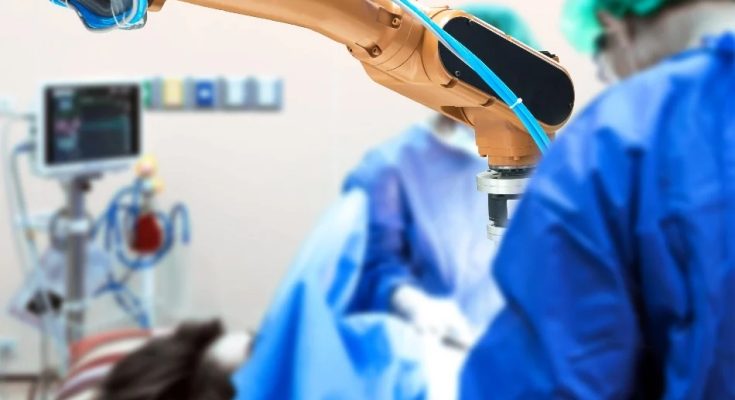The medical sector has made significant strides in the last few years, and technology has been a major factor in changing how procedures are carried out. Robotic surgery is a ground-breaking invention that has completely changed the medical field. It is an intricate procedure. The following article examines the many aspects of Utilizing robotic surgery (การ ใช้ หุ่น ยนต์ ผ่าตัด, which is the term in Thai). And how it significantly affects surgical accuracy and patient outcomes.
The Development Of Robotic Surgery
Robotic surgery has become a vital component of contemporary medical care since its early infancy. It was first developed as a surgical instrument to help surgeons with less intrusive treatments. Still, it is now a stand-alone method that can execute intricate surgery with unmatched accuracy. One of the most popular robotic platforms, the da Vinci Operational System, has opened the door to a new age in surgical procedures.
Improved Accuracy And Agility
The capacity of robotic surgery to give doctors increased accuracy and precision is one of its primary advantages. Compared to the human hand alone, the robotic arms, which the surgeon operates from a console, have a more excellent range of movement and accurate movements. This increased management level results in better surgical outcomes, less tissue damage, and quicker patient recovery.
Little-Invasive Techniques
Minimal intrusive operations, which require fewer incisions than standard open surgeries, are best performed via robotic surgery. Due to these smaller incisions, patients have more occasional discomforts, less damage, and a speedier return to their regular activities. The sophisticated imaging capabilities of the robotic system further enhance the surgeon’s capacity to navigate complex anatomical frameworks with unmatched precision.
Beyond The Restrictions Of Conventional Surgery
The limitations of human anatomy frequently provide challenges to conventional surgical procedures. These difficulties are addressed by robotic surgery, which enlarges the surgical field and gives physicians a three-dimensional picture of the operative site. Complex systems are more feasible and successful when using this technology because it enables precise manoeuvres in places that may be difficult to access with conventional methods.
Integrating And Education In The Healthcare Sector
Comprehensive doctor training is becoming increasingly crucial as robotic surgery grows more commonplace. Education programmes for robotic surgery are being implemented by institutions all over the globe to guarantee that medical personnel are competent in using this technology. Incorporating robotic surgery into conventional healthcare improves patient care worldwide by encouraging a new age of outstanding surgical performance.




